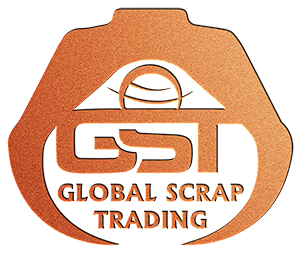Understanding the Difference between Controlled and Selective Demolition Services
When discussing scrap dealing and waste management in the context of construction and renovation, it is crucial to understand the distinctions between controlled and selective demolition services. Controlled demolition refers to the strategic and planned takedown of buildings, structures, or specific sections using methods that ensure safety, minimize dust, and prevent unnecessary damage to surrounding areas. It typically involves explosives or highly specialized equipment to bring down large structures in a methodical manner.
Selective Demolition Services:
Selective demolition, on the other hand, is a more precise process where specific sections of a structure are carefully removed while preserving the rest of the building or the surrounding environment. This service is often used in renovation projects where only a part of the structure needs to be altered or removed. The emphasis is on precision and preservation, using tools and methods that allow for targeted demolition without affecting the integrity of the remaining structure.
Controlled Demolition Services:
Both methods serve distinct purposes, with controlled demolition being suited for complete structure removal and selective demolition catering to projects requiring retention of certain architectural features or structural components. Understanding these differences is fundamental when planning demolition or renovation works, ensuring that the chosen method aligns with project goals and environmental considerations.

